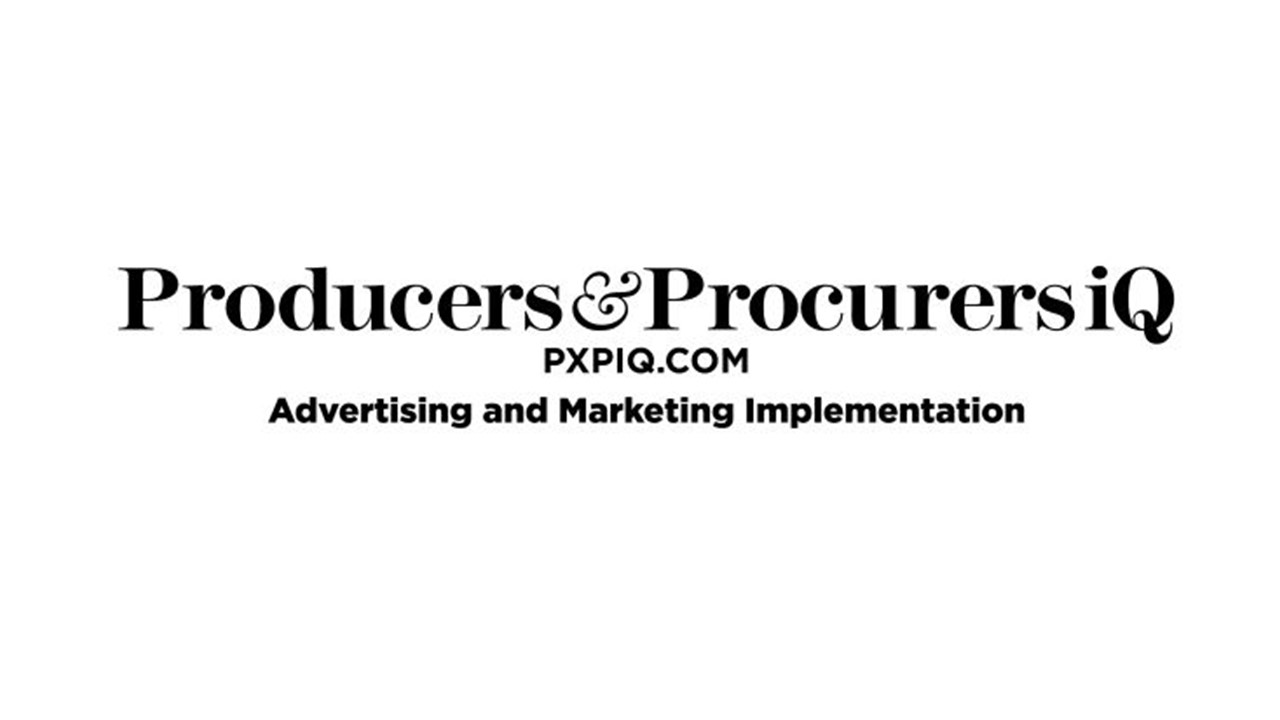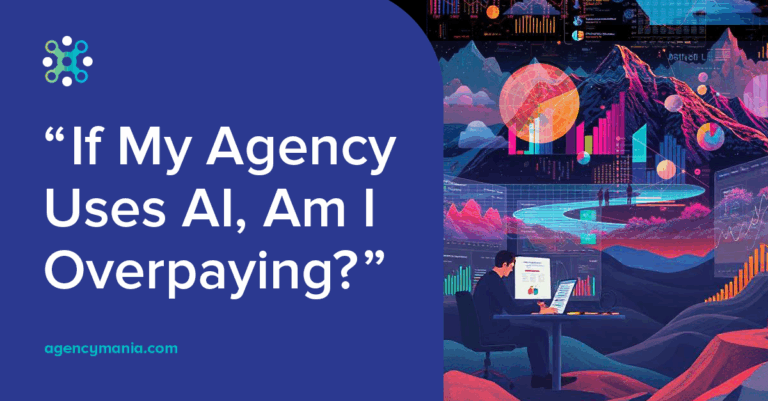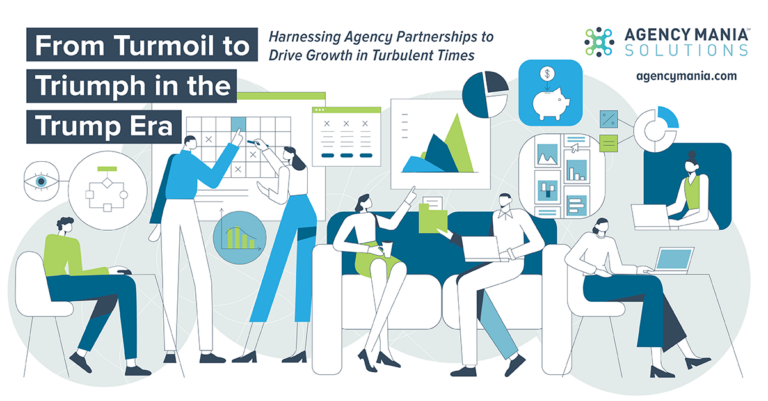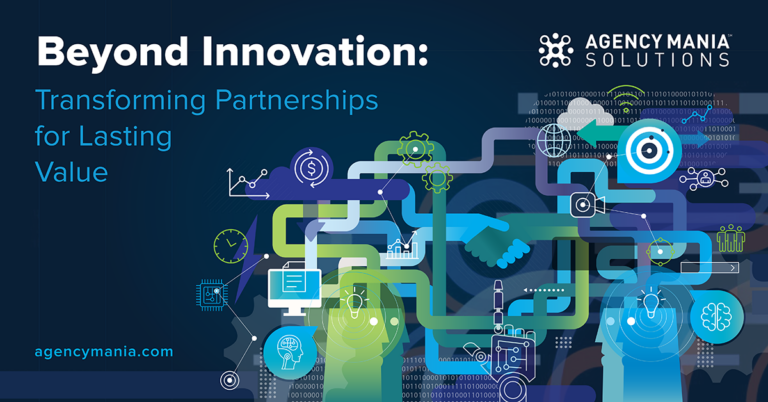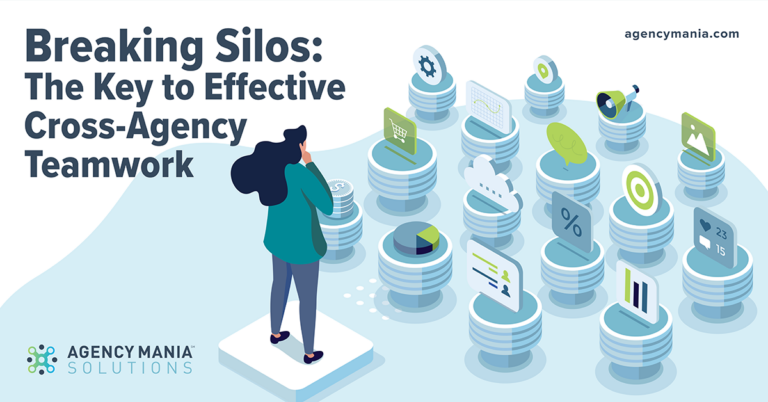What did we learn from the recent ProcureCon Marketing 2021 conference?
— Read our article posted on Producers & Procurers iQ —
In my opening remarks at the 2021 ProcureCon Marketing conference in San Diego, CA, I jokingly noted that this event was truly special, as it unexpectedly fell on the same day as National Cotton Candy Day. The connection between the two wasn’t yet obvious to an audience composed of procurement leaders from the world’s largest companies. I then asserted that there is nothing sweeter – perhaps at the exception of cotton candy – than reconnecting in person with old friends and building new connections.
It was a very genuine observation as attendees appeared delighted to escape their caged home office and catch up personally and professionally with colleagues, peers, and, yes, even with their fierce competitors. Joke aside, it became apparent that every attendee had been affected by the pandemic and that this event was a much-needed opportunity to reengage with other knowledgeable peers on topics of urgent interest to them. The organizer, WBR, brilliantly kicked off the event by inviting attendees to write down on a Post-it displayed on a large whiteboard what they were grateful for and what they expected most from the event.
It was a poignant and inspiring reminder that the world may have been halted during the health crisis, but it never stopped this passionate and caring professional community from challenging itself and seeking ways to make a difference inside their organization and as an industry body. The hybrid event was also held virtually, allowing attendees to participate and a few speakers to present or join panels remotely, giving us a glimpse at the future of business events. Although attendance was far lower than pre-COVID years, client-side procurement professionals and service providers enjoyed a more intimate setting that encouraged more open dialogue, more quality interactions, and debates. Let’s review some of the major themes that emerged:
- There are significant trends and new types of innovative technology impacting the post-COVID advertiser, supplier, and agency landscape. Leading brands, such as Uber and Nestlé, are taking those into consideration to shape their 2022 procurement strategy.
- Media is center-stage, as new mixed media models and ways to negotiate emerge (directly or through media agencies). Procurement plays an increasingly critical role in leveraging new metrics on viewability, consumer traffic, and brand safety in digital media.
- The media supply chain is in a constant state of reinvention and disruption, requiring marketing procurement to address challenges ranging from labor shortages, confusing MarTech stack and programmatic capabilities, a complex and ever-evolving global creative-to-media supply chain, and greater expectations in diversity and inclusion.
Resilience and sustained change
Few professions experienced more disruption or seismic-size change than marketing procurement in the past decade. Fueled by broader ambitions, greater stakes, and an ever-changing advertising landscape, procurement professionals had no choice but to reinvent the fundamentals of their profession, how they interact with their peers in finance and marketing, how they foster healthier and effective partnerships with agencies, and the skills needed to bring it all together. Yet, the event revealed new challenges, just to name a few:
- Being cost-conscious while “doing right” and driving sustainability initiatives;
- Ensure tight alignment among the trifecta of marketing, procurement, and finance, encouraging KPI sharing and organizational clarity;
- Foster a culture of transparency and trust with agency partners while maintaining adequate levels of verification and compliance;
- Implementing effective and sustainable deliverable-based or performance-based compensation structures with agencies that do not overcomplicate the work relationship and consistently reward for the right behaviors;
- How to factor in the emergence of in-house agencies and freelancers in the supply chain and maintain a balance that delivers optimal value without compromising important external agency partnerships;
- Operationalizing rigorous sustainability and diversity practices into the Supplier Relationship Management (SRM) strategy while achieving aggressive company targets;
- Going beyond obsolete concepts like working/non-working ratios that lead to false expectations and bad decision-making. A point adroitly made by two industry leaders – Bill Duggan, Group Executive Vice President at the Association of National Advertisers (ANA), and Tracy Allery, Director, Marketing Procurement Business Partner at Nestlé – who have been working with the World Federation of Advertisers (WFA) on addressing false perceptions, irrelevant and outdated metrics that are barriers to business growth.
One of these challenges is the continued evolution of a profession increasingly less focused on savings as its primary metric.
Value-based discipline in turbulent times

One of the panels I facilitated was centered around this specific topic. For years, procurement organizations established cost savings as an essential metric. A quick audience poll during the panel brought even more context as to where companies stand on this journey towards greater value creation: 36% still consider “savings” an important part of how they currently measure the value of their team; 45% see it as “somewhat important; 18% see it as not important or not even relevant anymore. High growth companies, like Align Technology, or mature organizations, like Warner Media, concur that savings are not high on their list, focusing instead on supporting the growth objectives of their marketing teams. Having a seat at the marketing table is, therefore, more essential than ever, as both organizations can collaborate far more effectively. 67% of attendees have a procurement seat at the marketing table but feel that it could be better, and 8% don’t have one but are actively working on it. It’s so critical that David Hale, Director, Enterprise Procurement & Operations at T-Mobile, refers to procurement as being “the table,” the foundation for how these organizations should align tightly.
Pablo Carreno, Procurement Team Lead – Marketing, PR, Media, News, Supply Chain at Bloomberg, sees the role of procurement as a middle ground holder, assisting both finance and marketing in achieving their joint objectives. According to Sébastien Slek, Executive Director – Global Sourcing Marketing at WarnerMedia, procurement is a “lighthouse” guiding the organization and proactively seeking new ways to deliver value, as his team did by launching a company-wide agency roster management tool called Agency Roster Tool, or “ART.”
Overcoming unhealthy contradictions
The machine-spun cotton candy, a device well known by parents for producing high quantities of sugar targeted at young children and their cavities, was invented in 1897 by William Morrison. Ironically, Morisson was a dentist. It’s hard not to draw a parallel to an industry demonstrating constant contradictions. Perhaps some of the most striking contradictions include the following:
- Marketers are asked to focus on growth and innovation and to achieve this at increasingly low costs and unrealistic timelines, which are then passed on to their agencies. Stephanie Fogarty, Global Sourcing Category Lead, Marketing and Events at Align Technology, knows it too well and told the audience that a true partnership is based on mutual accountability;
- Marketers are also expected to be strong negotiators with agencies and use budgets wisely, but they are not provided any useful information or resources to help them do so. Building trust through transparency and actionable data is key for panelist Fiona Foy, Senior Partner – Americas at Media Marketing Compliance;
- Brands have established robust agency evaluations to improve and strengthen their business partnerships and engagement but often fail to see it through by implementing effective action planning. They also don’t take accountability for the role they play in creating suboptimal working conditions, such as poor direction, lack of creative feedback rigor, and more;
- Significant investments are made when putting the right agency partnerships in place. And yet, many organizations still fall short of making effective use of them, wasting valuable resources. Andressa Freire, Senior Sourcing Manager, Marketing at T-Mobile, reminded the audience about the importance of having QBRs with agencies to measure their efforts, leverage retainer burn reports, and, as a result, manage resources optimally;
- The industry is captivated by AI, machine learning, and Metaverse applications. Yet, too many organizations still rely on manual processes, such as trading documents by email, for essential activities and communications with their agencies. Even simple yet fundamental activities like briefing are resource-intensive and poorly executed – something that leaders like Peter Bloom, Director, Indirect Procurement at Sonos, plan to strengthen;
- Brand advertisers often call agencies “business partners” but rarely treat them as such, coming short of maximizing their value. A sentiment openly shared by Ashish Gupta, Senior Manager, Global Strategic Sourcing at The Clorox Company. Gupta, who describes his procurement experience journey as “from a washing machine to a self-driving car,” refers to all of its stakeholders, including agencies, as “business partners” and considers any RFP they do as a Request For Partnership (vs. what is commonly known as Request for Proposal).
Reasons for optimism
The complexity and demands of our industry will increase over time. Contradictions will continue to arise without a doubt, and procurement professionals will rise up to the challenge. Yet, attendees walked away energized by the dynamism and drive exhibited by ProcureCon speakers and panelists. So did I. Although the health crisis significantly slowed down initiatives underway in the past two years, I witnessed true optimism among attendees, fostered by so many great ideas and best practices shared at the event. Pablo Carreno of Bloomberg summarized it best when he declared, “Sourcing is the art of the possible,” borrowing from a famous quote by Otto von Bismarck, the conservative German statesman, diplomat, and writer. This event reminded us that even under rather difficult conditions, resourceful and highly motivated professionals don’t hesitate to come together and make a difference
By Bruno Gralpois, Author/Speaker, Thought-provocateur, Client/Agency Guru, Entrepreneur, Innovator
December 14, 2021


